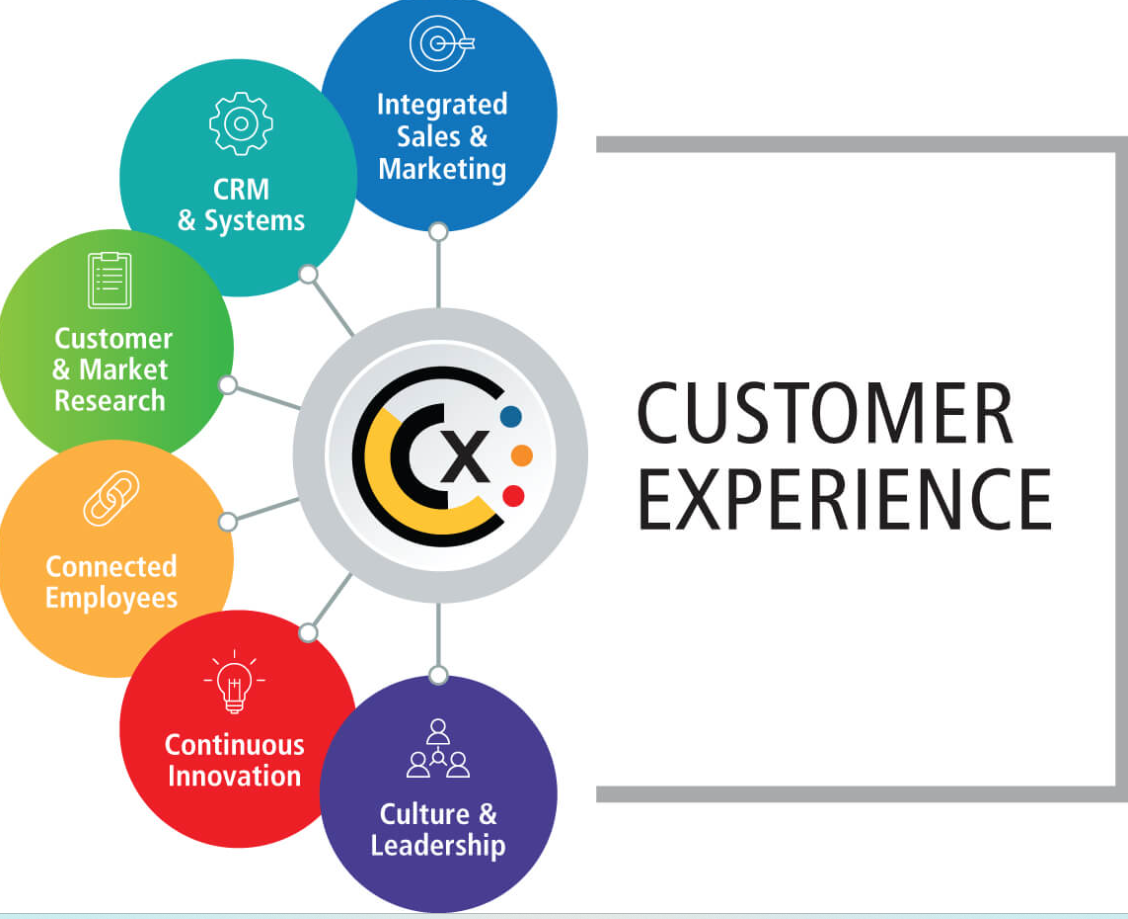1. Understand Your Customers
Objective: Gain a deep understanding of your customers’ needs, preferences, and behaviors.
Conduct Surveys and Feedback: Regularly gather feedback through surveys, interviews, and feedback forms.
Analyze Customer Data: Use CRM analytics to identify trends, preferences, and pain points.
Customer Personas: Develop detailed customer personas to tailor your strategies to different customer segments.
2. Choose the Right CRM Software
Objective: Select a CRM system that aligns with your business needs and goals.
Evaluate Features: Look for essential features like contact management, sales automation, marketing automation, and customer service.
Scalability: Ensure the CRM can grow with your business.
Integration: Make sure it integrates with your existing tools and platforms (e.g., email, social media, e-commerce).
3. Ensure Data Quality and Consistency
Objective: Maintain accurate and up-to-date customer information.
Data Cleaning: Regularly clean and update your CRM data to remove duplicates and outdated information.
Standardize Data Entry: Implement guidelines for data entry to ensure consistency.
Automate Data Collection: Use automation tools to collect and update data in real-time.
4. Personalize Customer Interactions
Objective: Create personalized experiences for your customers.
Segmentation: Segment your customers based on their behavior, preferences, and demographics.
Targeted Campaigns: Use personalized email and marketing campaigns to address specific customer needs.
Personalized Service: Train customer service representatives to use CRM data to personalize interactions.
5. Enhance Multichannel Engagement
Objective: Engage with customers across multiple channels for a seamless experience.
Omni-Channel Support: Provide consistent customer service across email, phone, chat, social media, and in-person interactions.
Unified Communication: Use your CRM to keep track of all customer interactions across channels in one place.
Social Listening: Monitor social media for customer feedback and engage with customers in real-time.
6. Leverage Automation and AI
Objective: Improve efficiency and customer satisfaction using automation and artificial intelligence.
Automate Routine Tasks: Use CRM automation to handle repetitive tasks such as follow-up emails, reminders, and data entry.
AI-Powered Insights: Utilize AI for predictive analytics, customer sentiment analysis, and personalized recommendations.
Chatbots: Implement AI-driven chatbots to provide instant support and handle common customer inquiries.
7. Provide Exceptional Customer Service
Objective: Deliver high-quality customer service that exceeds expectations.
Train Your Team: Provide ongoing training for your customer service team on using the CRM and handling customer interactions.
Quick Response Time: Aim for fast response times to customer inquiries and issues.
Resolve Issues Efficiently: Use your CRM to track and resolve customer issues promptly and effectively.
8. Monitor and Measure Performance
Objective: Continuously monitor and evaluate your CRM and customer experience efforts.
Key Metrics: Track key performance indicators (KPIs) such as customer satisfaction, retention rates, and response times.
Regular Reporting: Use CRM reporting tools to generate regular reports on customer interactions and outcomes.
Customer Feedback: Regularly collect and analyze customer feedback to identify areas for improvement.
9. Continuously Improve and Adapt
Objective: Keep evolving your CRM and customer experience strategy based on insights and feedback.
Stay Updated: Keep up with the latest trends and best practices in CRM and customer experience.
Iterate and Improve: Continuously refine your strategies based on performance data and customer feedback.
Innovate: Explore new technologies and approaches to enhance the customer experience.
10. Foster a Customer-Centric Culture
Objective: Ensure that customer satisfaction is a core value throughout your organization.
Leadership Commitment: Ensure leadership is committed to a customer-centric approach.
Employee Engagement: Engage and empower employees to take ownership of customer satisfaction.
Recognition and Rewards: Recognize and reward employees who excel in delivering exceptional customer experiences.
Conclusion
Enhancing your CRM and customer experience strategy involves understanding your customers, choosing the right tools, maintaining data quality, personalizing interactions, engaging across multiple channels, leveraging automation, providing excellent customer service, monitoring performance, continuously improving, and fostering a customer-centric culture. By following these steps, you can build stronger relationships with your customers, improve satisfaction, and drive business success.

Steps To Enhance Your CRM and Customer Experience Strategy
- Home
- 2024-05-20 14:09:50
- Steps To Enhance Your CRM and Customer Experience Strategy
You can share this story by using your social accounts: